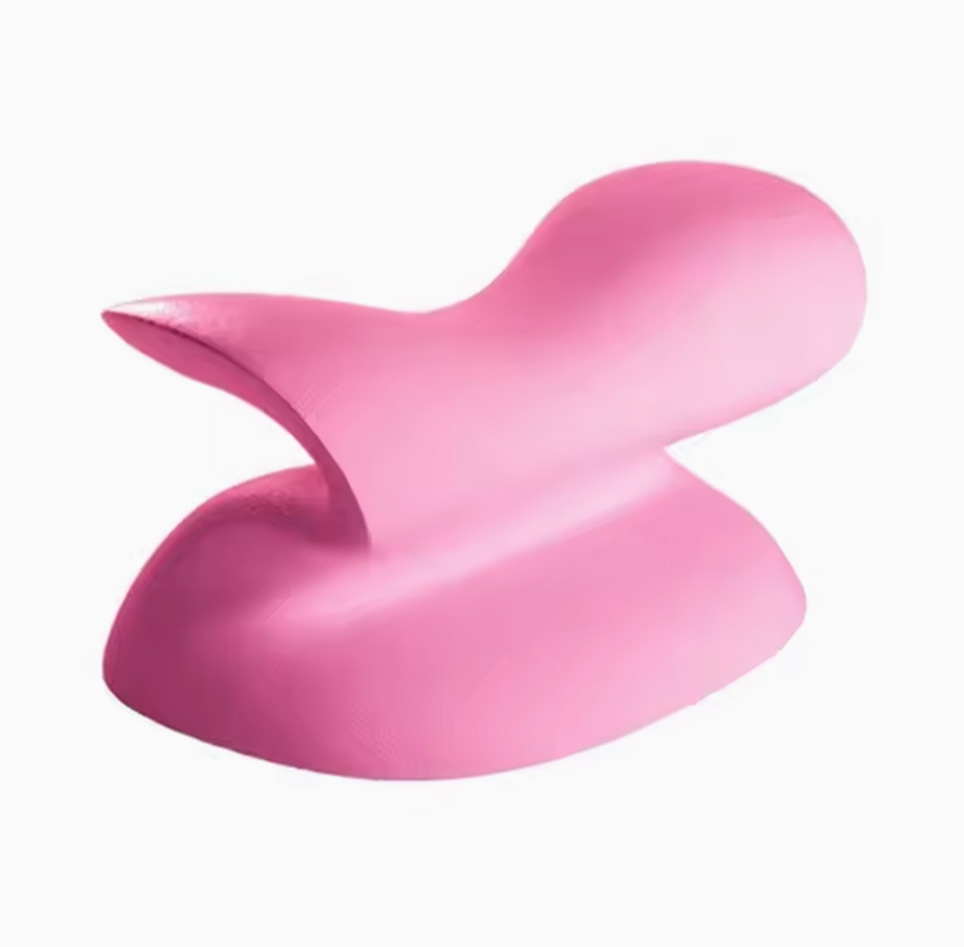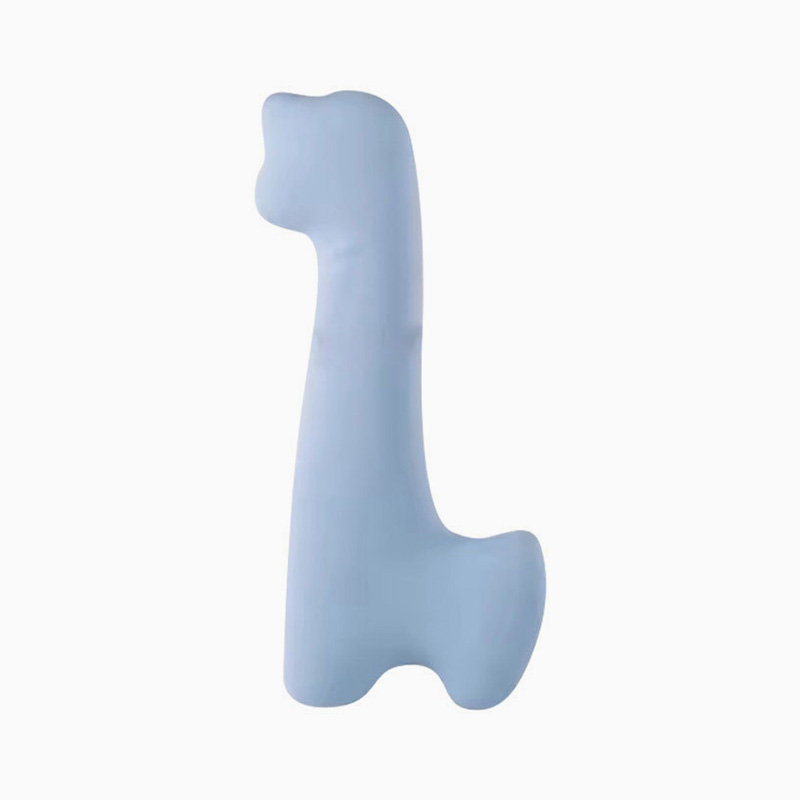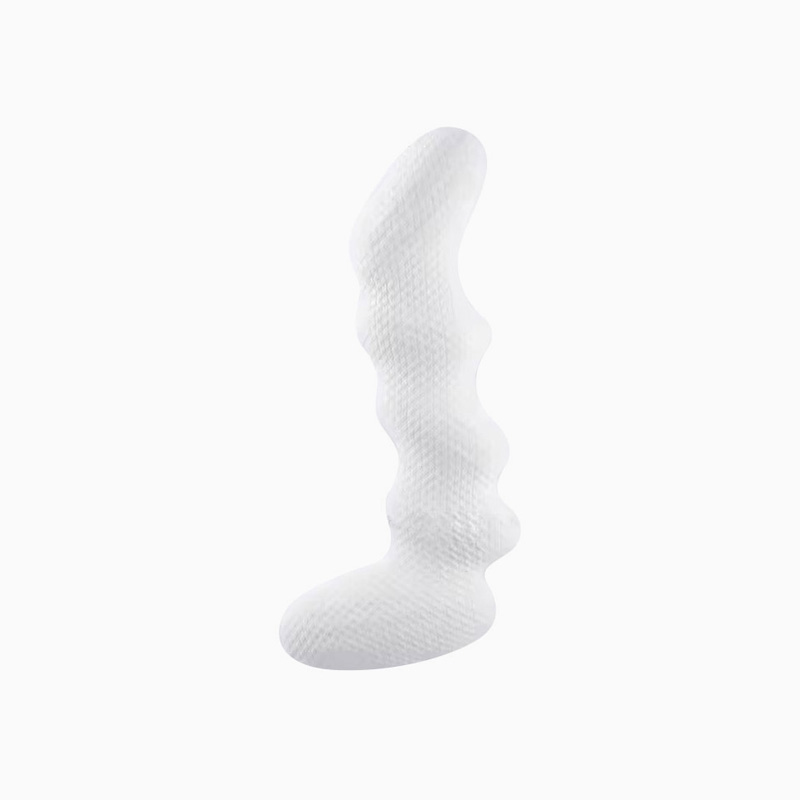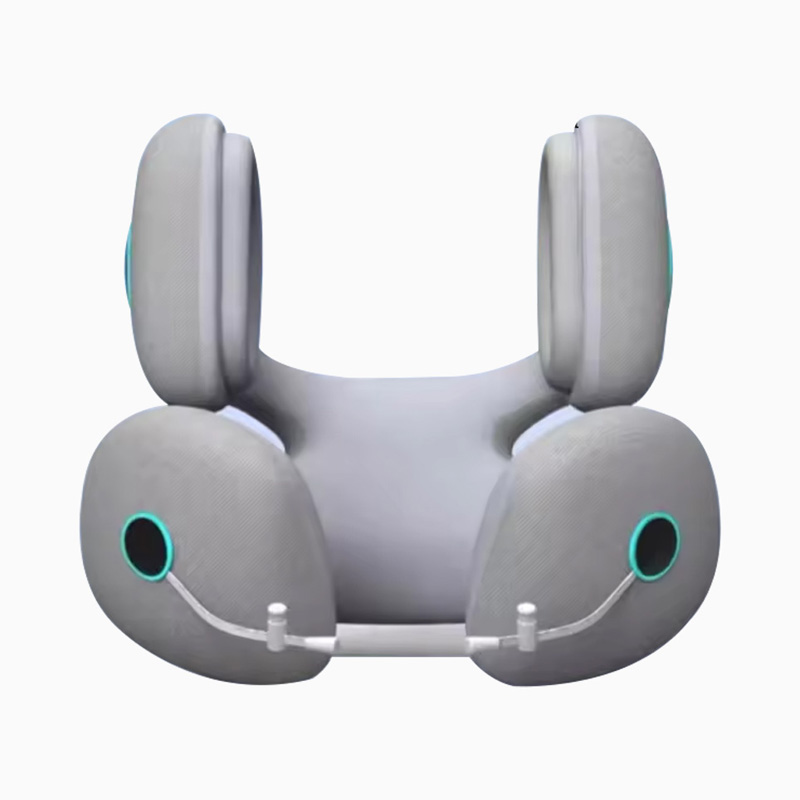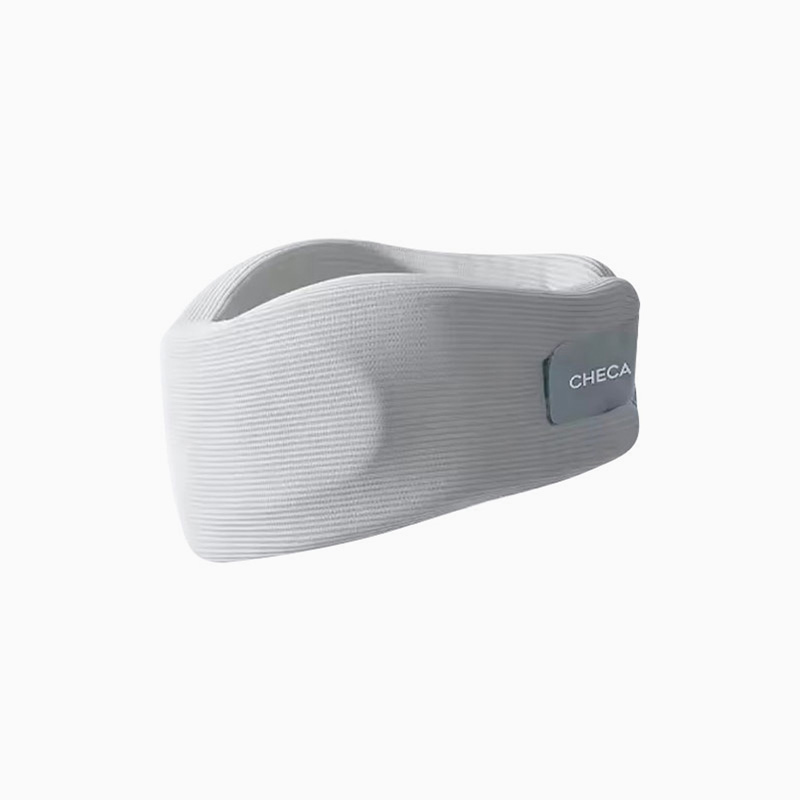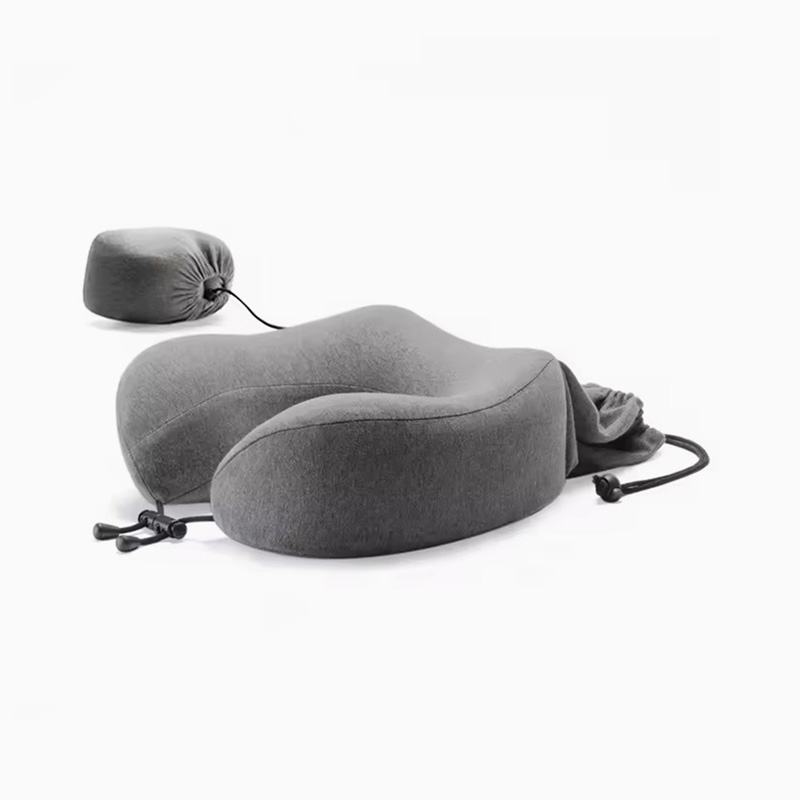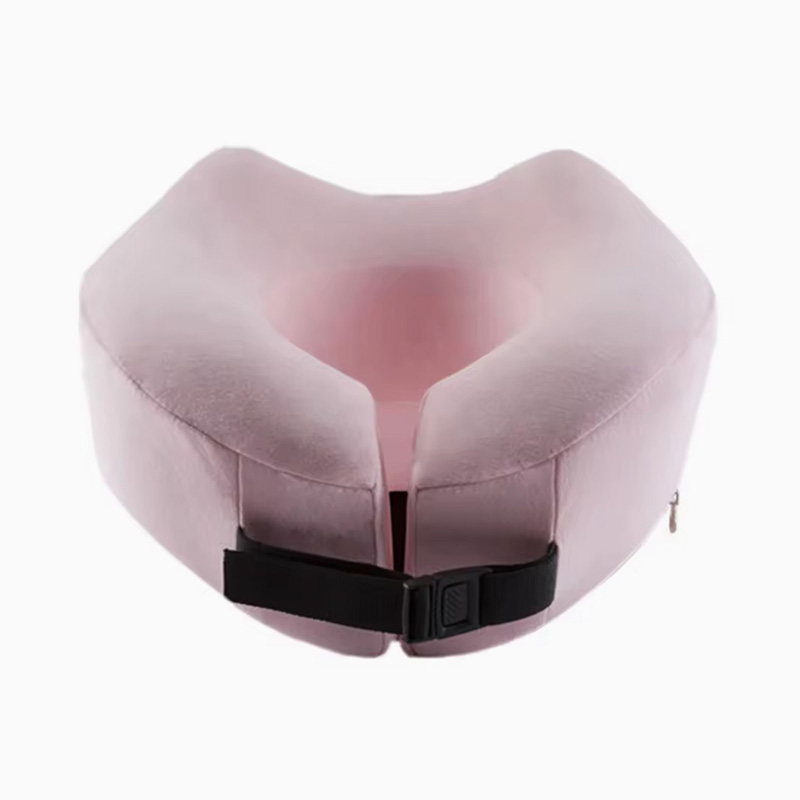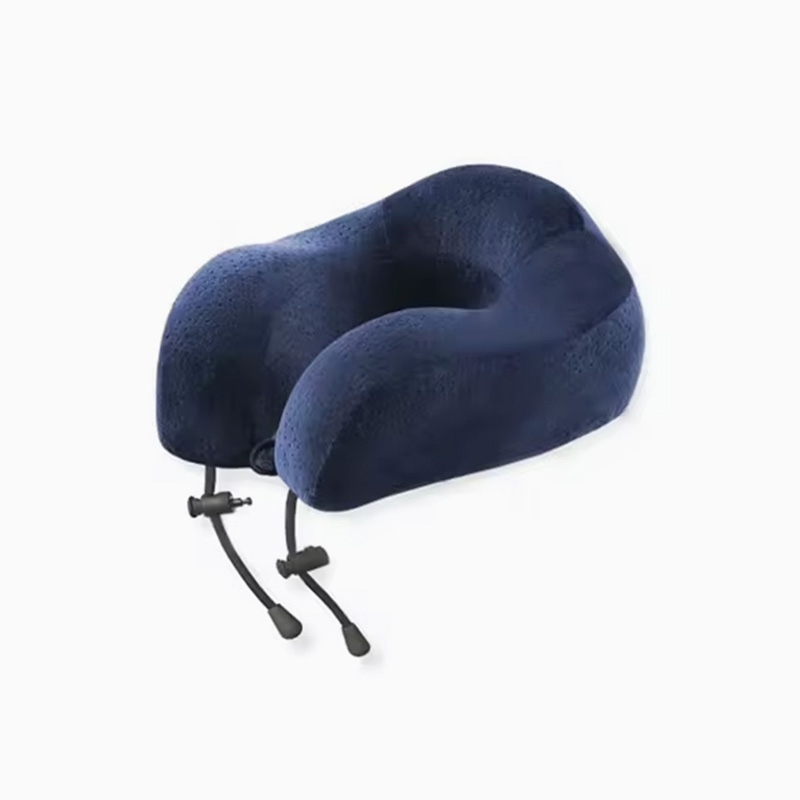How to design a memory foam seat cushion from a material and structural perspective to ensure it is easy to clean and maintain
The ease of cleaning and maintainability of a memory foam seat cushion are crucial factors in determining the user experience and product durability. From the perspective of professional materials science and engineering design, achieving high standards of cleanability and maintenance requires systematic design of the cushion's core material, cover structure, and joining process.
1. Protection and Isolation of the Core Memory Foam Material
Memory foam itself is an open-cell polyurethane foam. Its porous structure easily absorbs liquids, stains, and odors, and once contaminated, it is difficult to thoroughly clean. Therefore, the design concept of "easy cleaning" is not to simply clean the foam, but to fundamentally isolate and protect the core material.
Inner Protective Liner:
An essential inner liner or protective cover must be designed between the memory foam and the cover.
Material Selection: Ideally, the inner lining should be made of a lightweight, highly elastic knitted fabric, typically a polyester or spandex blend.
Functionality: The inner lining's primary functions are dustproofing and physical isolation. It prevents fine dust particles, skin debris, and fibers from abrasion from the outer cover from entering the open-cell structure of the memory foam, while also helping to maintain the seat cushion's original shape. For more advanced medical or catering applications, the inner lining may even need to be waterproof or impermeable, typically achieved by laminating a thin polyurethane film on the inner side of the fabric.
Antimicrobial Treatment:
Seat cushions easily accumulate sweat and moisture, creating a breeding ground for bacteria and mold, which in turn causes odor.
Material Integration: Antimicrobial agents, such as silver ions or specific organic compounds, are incorporated into high-quality memory foam during the foaming process to inhibit the growth of bacteria, mold, and mites.
Purpose: This built-in antimicrobial treatment provides long-lasting odor control and hygiene, reducing the need for deep cleaning of the core material.
II. Cover Design: Removability and Functional Fabrics
The cover fabric is the first and most important line of defense for seat cushion cleaning and maintenance. Its design focuses on removability and the selection of functional fabrics.
Removable Zipper System:
The cover must be equipped with a high-quality concealed zipper for quick removal for cleaning.
Engineering Details: Zipper gauges (e.g., #3 or #5 nylon coil) should be strong enough to withstand repeated assembly and disassembly, as well as washing. Zipper pulls should also be designed as safe zipper pulls that are less likely to scratch furniture or floors.
Maintenance Tips: The stitching around the zipper must be smooth and strong to prevent cracking due to washing and pulling, which could affect the cushion's structural aesthetics and integrity.
Functional Fabric Selection and Evaluation:
The choice of outer cover fabric directly determines the difficulty of daily maintenance.
Breathable Materials: Mesh fabrics or high-performance knit fabrics promote air circulation, aiding the dissipation of moisture and heat, and reducing the humidity inside the memory foam, thereby inhibiting microbial growth.
Abrasion Resistance: Fabrics must undergo Martindale testing or other abrasion resistance evaluations to ensure they will not pill or break due to frequent friction and washing. Stain Release Finish: Teflon or other hydrophobic finishes can be added to the fabric surface to make it less susceptible to liquid stains and impermeability. Most stains can be removed with a damp cloth, greatly simplifying routine maintenance.
3. Bottom Design and Anti-Slip Maintenance
While the bottom design of the seat cushion doesn't directly affect the cleaning of the core foam, it is crucial for the cushion's securement to various surfaces and overall hygiene.
Anti-Slip Base:
The bottom surface is often made of fabric with silicone grips or a rubber anti-skid mat.
Maintenance Considerations: This design prevents the seat cushion from sliding on smooth office chairs or car seats, reducing wear and shifting caused by frequent adjustments in seating position, thereby minimizing secondary contamination from contact with the surrounding environment.
Sealing:
For cushions requiring water-resistance, the outer cover seams should be double-needled or heat-sealed with tape on the inside.
Purpose: This rigorous seaming process prevents liquid from seeping through the seams. It is the standard practice for high-end medical-grade cushions to prevent body fluid contamination, ensuring the internal environment of the cushion remains dry and clean.

 English
English عربى
عربى previous post
previous post



